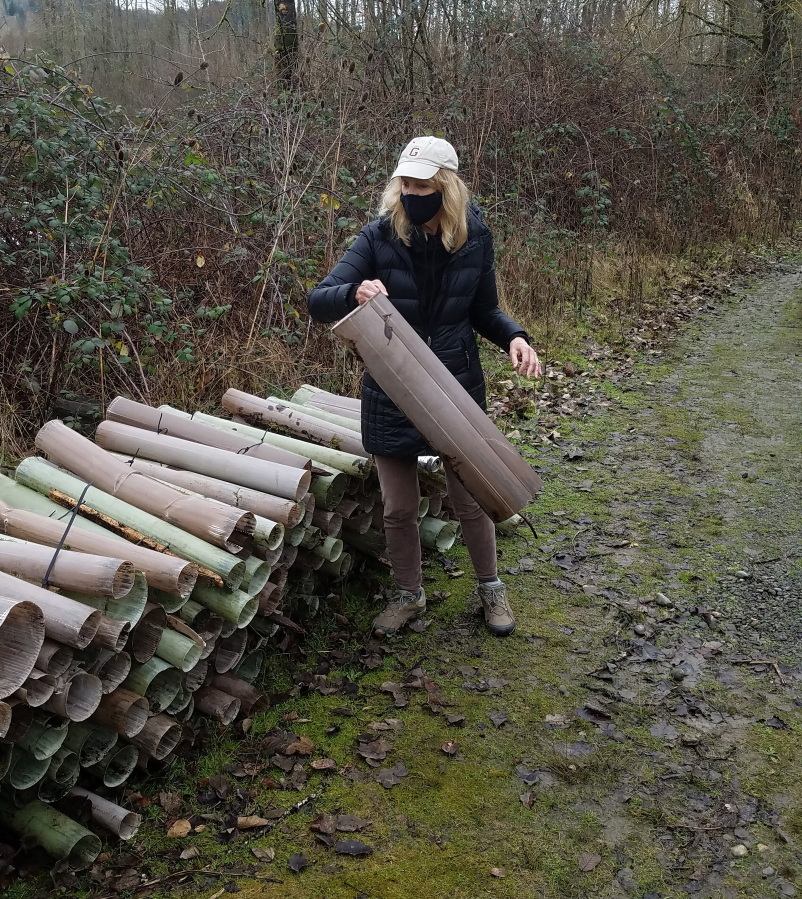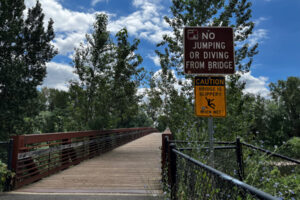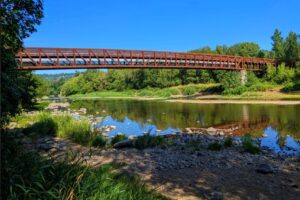James Mahar has had a passion for the environment for as long as he can remember. In fact, one of his earliest memories involves his 6-year-old self asking his father to not burn leaves in their yard because doing so would increase air pollution.
Today, Mahar, a retired engineer, and his wife, Lisa, live sustainably on their 21-acre Washougal property, which includes a 25,000-square-foot pollinator garden, solar panels, and rainwater collection and self-composting systems.




